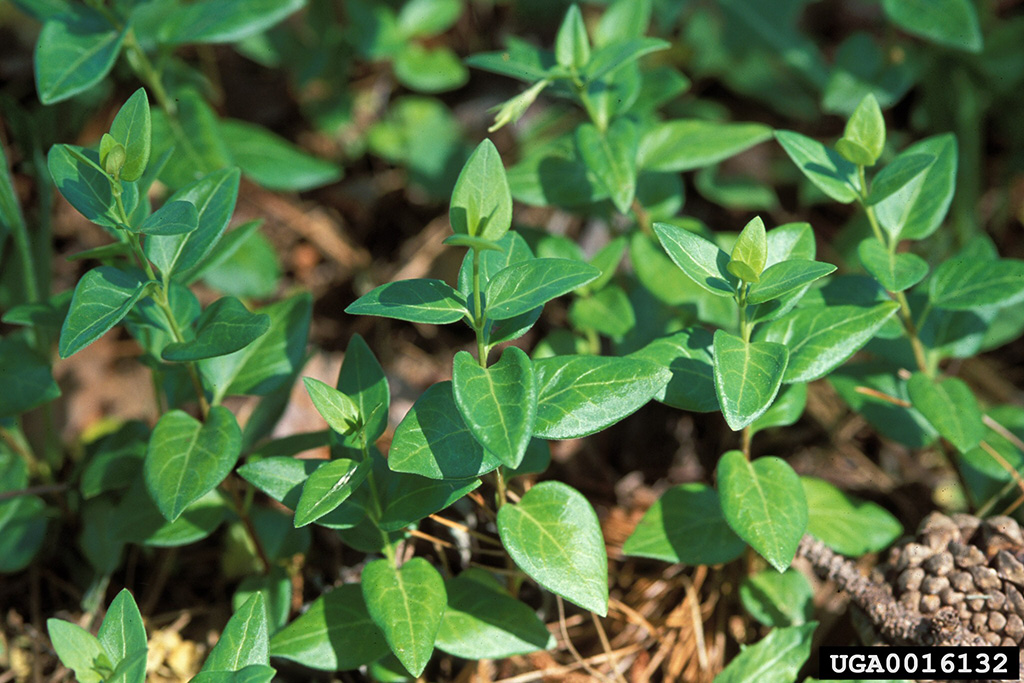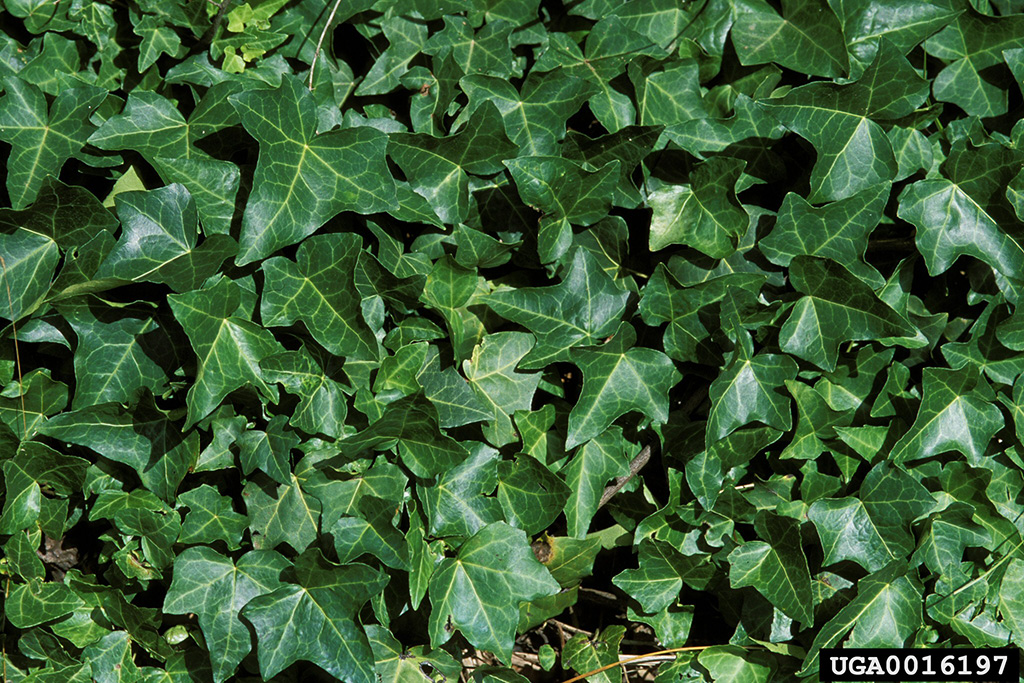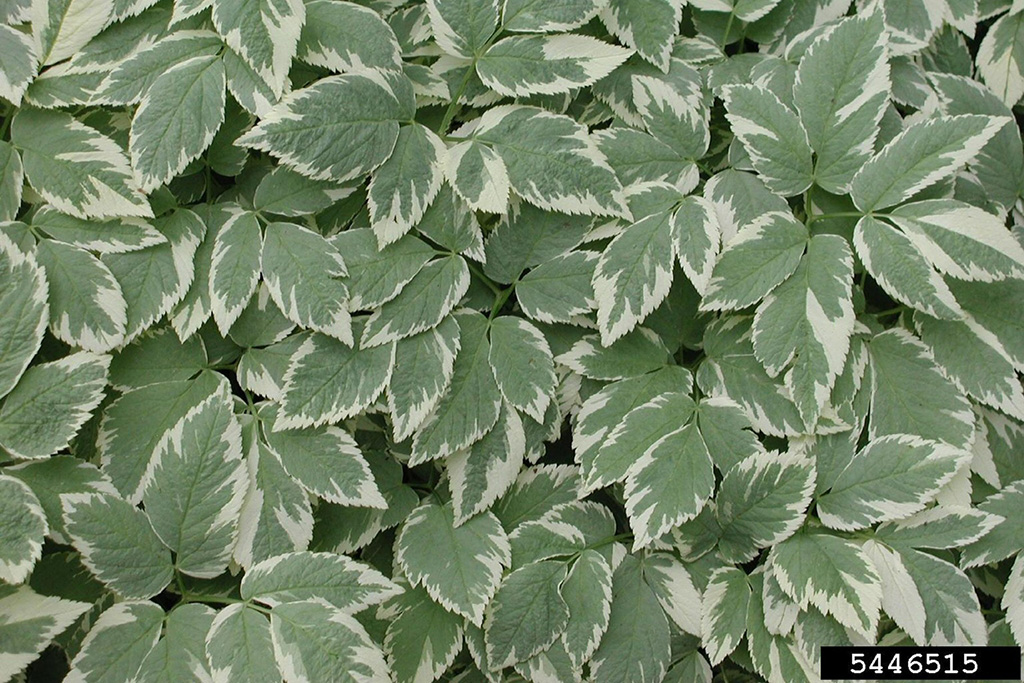Background
Common invasive ground covers (periwinkle, English ivy and goutweed) are found throughout various areas of North America. Native to Europe and Asia, these ground covers were introduced to North America as ornamental plants. As invasive ground covers, these species thrive in disturbed areas and prefer shady or semi-shady areas. They commonly grow in rich, moist soils and can be found along roadsides and forest edges.
Range
Periwinkle and english ivy occur throughout regions of the United States, including around the Great Lake states and southern Ontario. Goutweed can also be found in the United States from Maine to Georgia and across Canada from British Columbia to Nova Scotia.
Impacts of Invasive Ground Covers
- Create dense carpets of vegetation that limit the amount of sunlight available to other species, affecting overall plant diversity.
- Persist and spread vegetatively as well as through underground stems and roots.
- Plants are shade tolerant and once established, are highly competitive.
- Periwinkle leaves are toxic to most grazers and seeds are too small for birds to consume.
- English ivy climbs on other plants and objects in its area.
How to Identify Invasive Ground Covers
Check the chart below to learn the differences between these common invasive ground covers.
INVASIVE
Periwinkle
(Vinca minor)
Details
- Reaches up to 15 cm (5.9 in) tall
- Leaves are opposite along stem
- Leaves are pointed, dark green and shiny
- Flowers are showy blue/purple with 5 petals
INVASIVE
English Ivy
(Hedera helix)
Details
- Reaches up to 15 cm (5.9 in) tall
- Leaves are opposite along stem
- Leaves are pointed, dark green and shiny
- Flowers are showy blue/purple with 5 petals
What You Can Do
- Learn how to properly identify invasive ground covers and how to effectively manage invasive plants on your property.
- Avoid using invasive plants in gardens and landscaping.
- Purchase native or non-invasive plants from reputable garden suppliers. See Grow Me Instead: Beautiful Non-Invasive Plants for Your Garden.
- Do not dispose of invasive plants in the compost pile – discard them in the regular garbage or check with your municipality for disposal information.
- If you invasive ground covers or other invasive species in the wild, please contact the Invading Species Hotline at 1-800-563-7711, or visit EDDMapS to report a sighting.
Resource Files
Invasive Terrestrial Plants - A Quick Reference Guide
Gallery
OFAH/MNR Invading Species Awareness Program. (2021). Invasive Ground Covers. Retrieved from: www.invadingspecies.com.
This factsheet may be reproduced for non-commercial purposes.
Header photo by Emily Adams




